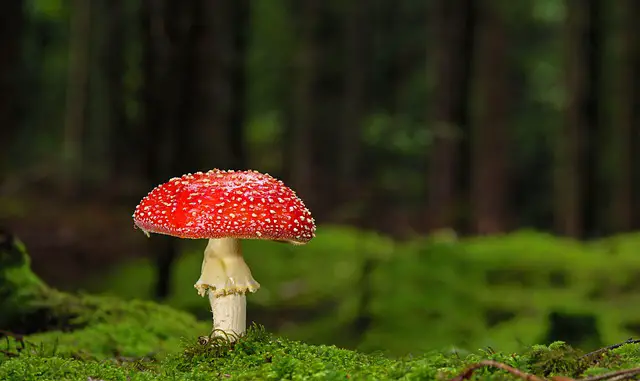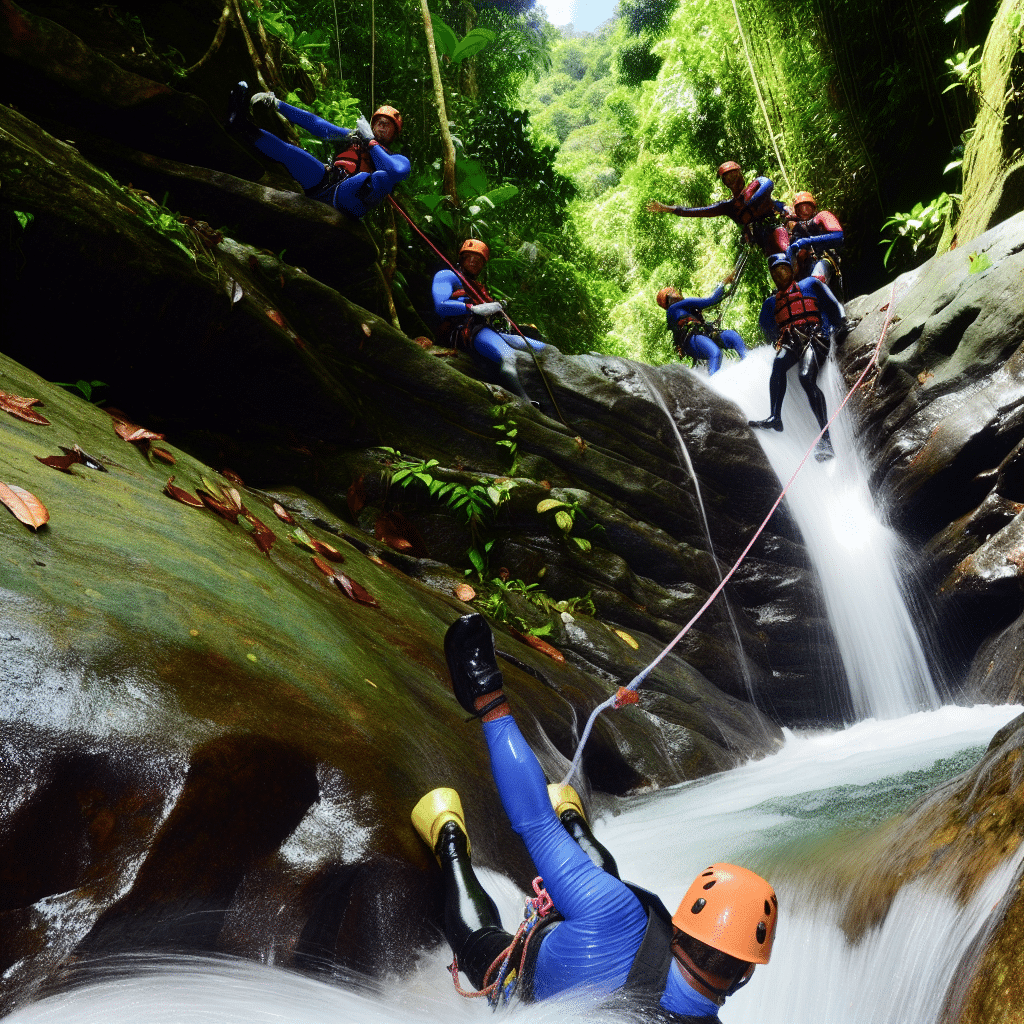Oregon is famous for its vast forests and heavy rainfall, providing perfect conditions for mushrooms to flourish. For mushroom enthusiasts, Oregon’s wilderness can be a paradise. This article serves as a comprehensive guide for both beginners and seasoned mushroom hunters in Oregon.

Why Mushroom Hunting in Oregon?
Oregon is home to a variety of mushrooms, including the prized Morels, Chanterelles, and King Boomer. The climate conditions in Oregon are ideal for mushrooms to grow, making it a hotspot for mushroom hunting.
What makes mushroom hunting a worthwhile hobby?
Hunting for mushrooms combines hiking, scavenging, and the joy of discovery. It not only presents an opportunity to spend time in nature but also offers a chance to learn about Oregon’s diverse ecosystem. If you’re lucky, you might find some delicious edible fungi to cook.
Knowing When to Go Mushroom Hunting
The best time for mushroom hunting in Oregon depends on the type of mushroom you are after.
Spring Season
During spring, specifically from March to June, Morels are abundant. They tend to grow near dying or dead trees, especially in areas recently affected by fires.
Fall Season
On the other hand, Chanterelles and King Boomer mushrooms are abundant during the fall season, typically from September to early December. They often grow near conifers, but their bright colors make them easy to spot.
Essentials for Mushroom Hunting
Obtain a Permit
Before you embark on your mushroom hunting journey, remember you need a permit to forage mushrooms in Oregon. Permits are generally cheap and readily available online or at forest service offices.
Carry the Right Tools
A mushroom knife with a brush for cleaning dirt, a mesh bag for storing finds, and a field guide for mushroom identification are among the important tools for mushroom hunting.
Proper Clothing
Oregon’s climate can be unpredictable. Therefore, ensure you are wearing layers of clothing and sturdy waterproof shoes. Also, don’t forget to wear a hat to shield you from the sun or rain.
How to Identify Edible Mushrooms
When hunting for mushrooms, it’s crucial to be able to identify the poisonous ones from the edible ones. Some poisonous mushrooms can be deadly, so never eat a mushroom unless you are absolutely certain of its identity.
Morels
Morels are conical in shape and have a pitted and honeycombed appearance. They are typically brown or grey.
Chanterelles
Chanterelles are yellow or orange with a funnel shape. They have false gills found on the underside of the cap that extend partway down the stem.
King Boomer
They are white or cream with a shape similar to a bulb. They have large, creamy white pores instead of gills.
Conclusion
Mushroom hunting can be a wonderful way to explore Oregon’s rich forests while enjoying a fun hobby. Remember to respect nature, only taking what you need. Happy hunting!
Remember this article serves as a guide and is not exhaustive. Always do your own research, take a mushroom hunting class, or go with an experienced guide if possible.



